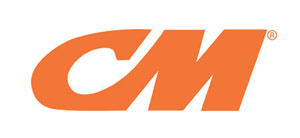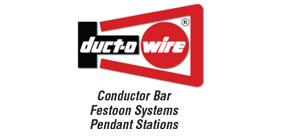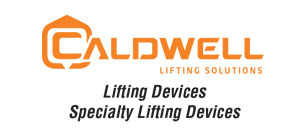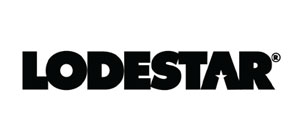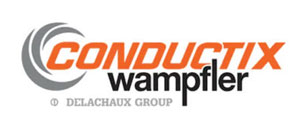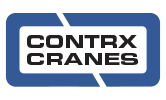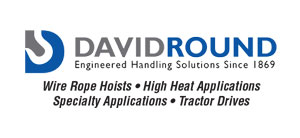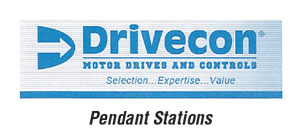Web slings are essential in rigging and lifting, known for their strength and versatility. Crafted from durable synthetic fibers, they facilitate safe, secure handling of heavy loads, conforming to diverse shapes while protecting surfaces. Widely used in construction and warehousing, these slings ensure even load distribution and enhanced safety, streamlining lifting operations.
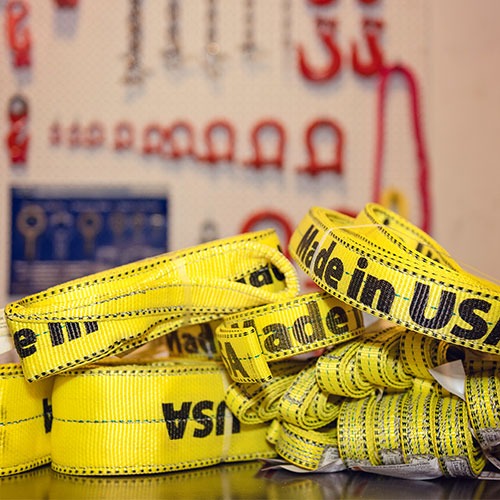
Choker Hardware (CH) slings are made with a triangle fitting on one end and a slotted triangle choker fitting on the other end. The CH configuration provides the most efficient and effective method of choke hitching of all sling types and configurations. This sling type can also be used in a vertical and basket hitch. Fittings can be of aluminum or alloy steel.
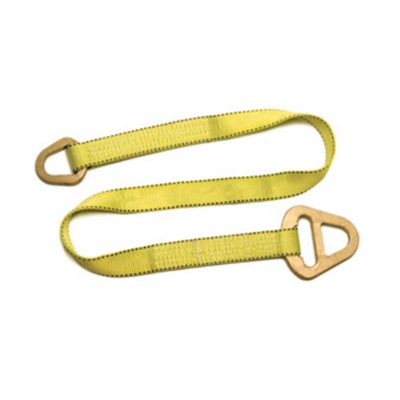
Basket Hardware (BH) slings are made with a triangle fitting on both ends. The BH configuration can be used in the vertical or basket hitch only and cannot be used in a choker hitch. Fitting can be of aluminum or alloy steel.
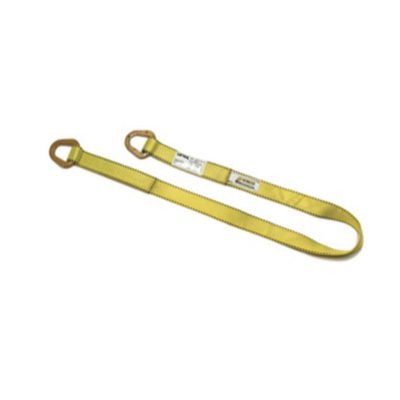
Eye and Eye (EE) slings are made with a flat loop eye on each end with a loop eye opening on the same plane as the sling body. This type of sling is sometimes called: flat eye & eye; eye & eye or double eye sling. Versatile and flexible, this sling can be used in all three hitches (vertical, basket and choker).
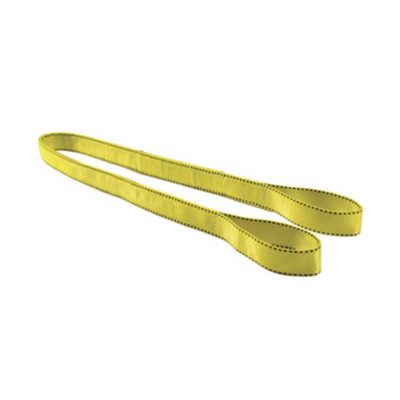
Twisted Eye (TE) slings are made with a loop eye on each end that is a at a right angle to the plane of the sling body. This type of sling is commonly referred to as a “twisted eye” sling. This sling is suitable for all hitches, but is recommended particularly for choker hitch application.

Endless (EN) slings are made with a continuous loop formed by joining ends of the webbing together with a load-bearing splice. Extremely versatile as the design allows for rotation of bearing points, avoiding one constant bearing point and thereby increasing useful life. Suitable for use with all three hitches: vertical, basket and choker.

Reversed Eye (RE) slings are formed by using multiple widths of webbing held edge to edge. A wear pad is attached on both sides of the web sling body, and on both sides of the loop eyes to form a loop eye at each end, which is at a right angle to the plane of the web sling body. The Reversed Eye sling can be used with all three hitch types, but is particularly well suited to the choker hitch due to the “twisted eye”.
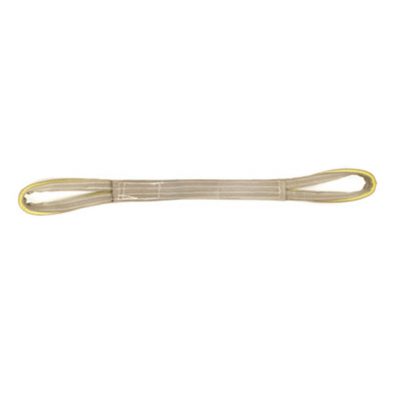
These slings are special purpose slings with various combinations of legs, rings, hooks, etc.

For maximum load stability and protection.

Same use as Integral eye; more economical and for use with lower load weights.

Per ASME B30.9, each synthetic web sling shall be marked by the manufacturer to include:
If during any point of the inspection the following is observed, the web sling should be removed from service and be discarded:
Proudly Distributing These Brands
